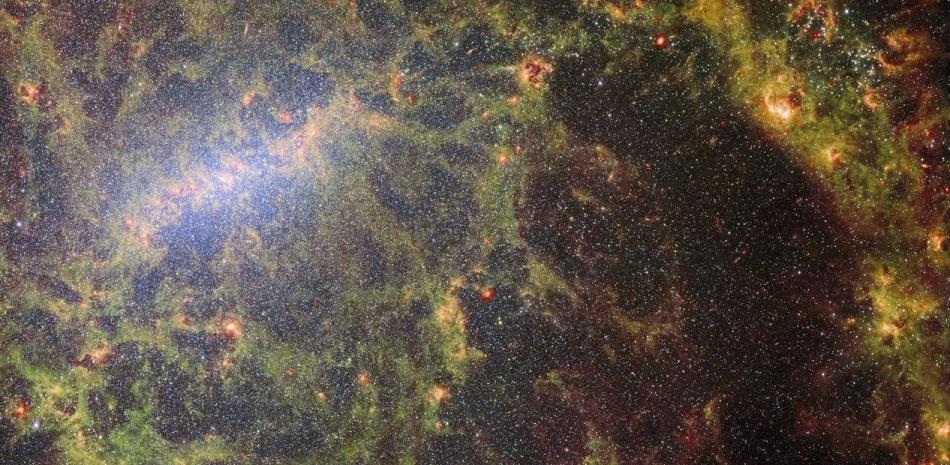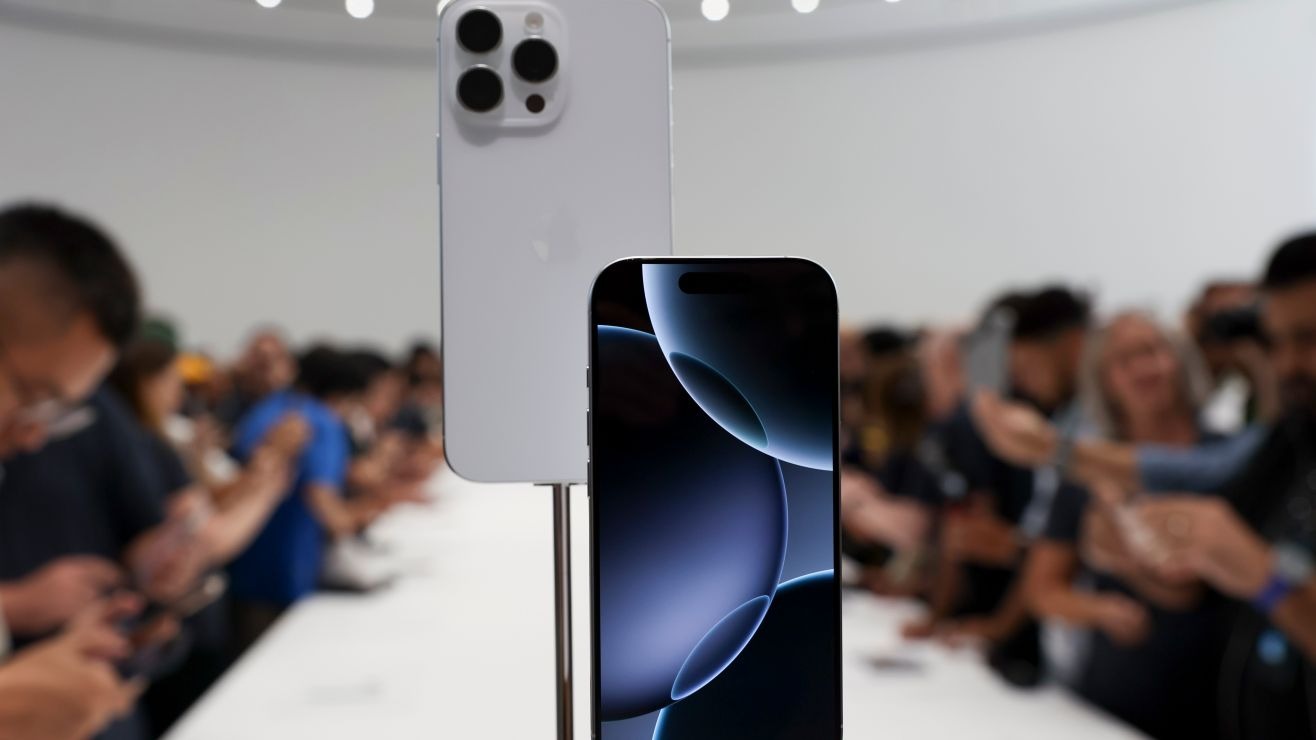The picture Hubble Space Telescope shows a An irregular dwarf galaxy called NGC 5238It is 14.5 million light years land, in the constellation of Canes Venatici. Although it may seem like a simple stain, it is full of it Stars And there is a complex system. Astronomers believe this The galaxy approached the other a billion years ago which distorted its shape.
Complex system It is the subject of a great deal of research today.. As the image reveals, Hubble was able to distinguish the galaxy's countless stars and their associated globular clusters: Bright spots in and around the galaxy are surrounded by even more stars.
When two galaxies approach each other, their Gravitational forces change the distribution of stars. NGC 5238 may be Absorbed a small galaxy, and researchers are looking for evidence of this by observing its stars with Hubble at its best resolution. The star formation in the consumed galaxy may be different from that of NGC 5238, and there may be evidence that Pop Star formation during merger.
Although small and not very attractive, NGC 5238 helps astronomers understand How galaxies form and evolve. One of the main theories of the evolution of galaxies is that they are formed from the “bottom up”. Hierarchical way: Star clusters and small galaxies are the first to form Gas and dark matter.
Over time, the Gravity He gradually joined them together until these small objects were formed Galaxy clusters and superclusters, which explains the shape of the largest structures that can be seen in the present universe. A merger of an irregular dwarf galaxy such as NGC 5238 with a small companion is the type of event that can initiate the process. Clusters of galaxies in the early universe.
Observations of tiny NGC 5238 will help test some of our most fundamental ideas about how the universe formed.
This is achieved by a noble and lasting gratitude Hubble Space Telescope, A joint task Pot And this European Space Agency It has forever amazed scientists with its beautiful observations of the vast universe and celebrated 34 years of service on April 26, 2024.
A powerful space laboratory Opened On board the space shuttle Discovery on mission STS-31 On April 24, 1990, Planned to last 15 years, its duration has been extended more than twice.
Since its launch in 1990, Hubble has developed 1.6 million observations of over 53,000 astronomical objects. To date, the Mikulsky Archive for Space Telescopes at the Space Telescope Science Institute in Baltimore, Maryland contains 184 terabytes of processed data, ready for use in research and analysis by astronomers around the world.
have been published 44,000 scientific articles from Hubble observations. The space telescope is the most scientifically productive space astrophysics mission in NASA's history. Demand for Hubble's use is so high that it is currently outnumbered six to one.
Most of Hubble's discoveries were not anticipated prior to launchSupermassive black holes, atmospheres of exoplanets, gravitational lensing of dark matter, existence of dark energy and abundant planet formation among stars.

:quality(85)/cloudfront-us-east-1.images.arcpublishing.com/infobae/HBXRZT6BQNDH5IBWCOEIBSL7FY.jpg)



:quality(85)/cloudfront-us-east-1.images.arcpublishing.com/infobae/KTKFKR763RBZ5BDQZJ36S5QUHM.jpg)